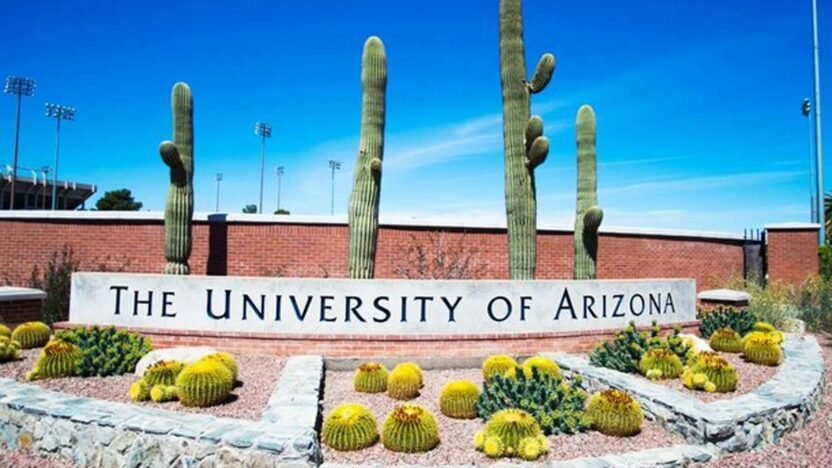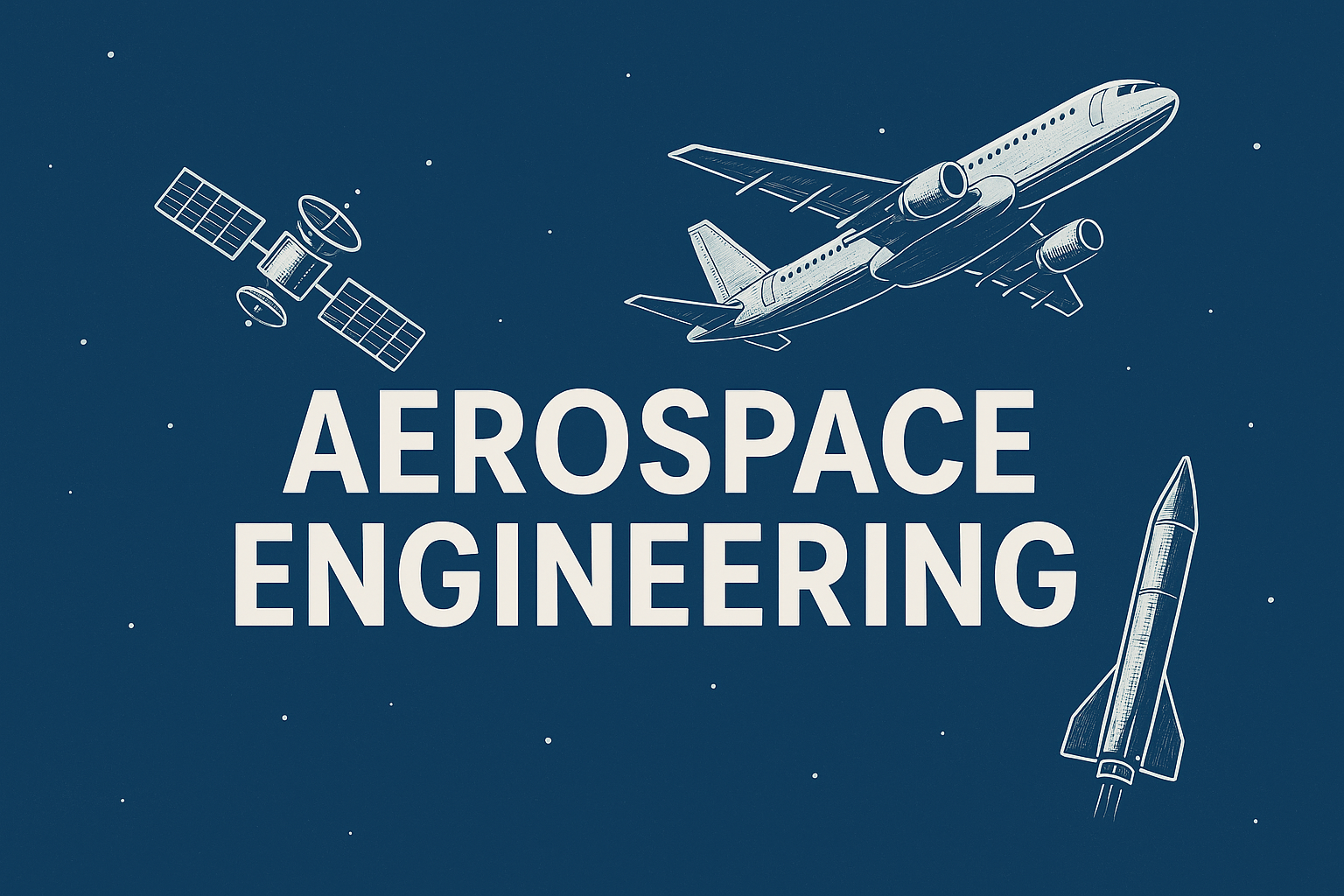Historic NASA Partnership Opens New Frontiers in Human Spaceflight
The University of Arizona has achieved a significant milestone in space exploration by signing a groundbreaking Space Act Agreement with NASA’s Johnson Space Center. This partnership represents more than just another collaboration; it’s a transformative leap that positions UArizona at the forefront of humanity’s next chapter in space exploration.
Breaking New Ground in Academic-NASA Partnerships
The Space Act Agreement marks a pivotal moment for UArizona, thus filling what university officials describe as a crucial gap in their comprehensive relationship with NASA. While the university has long been recognized for its excellence in robotic missions and planetary science, human spaceflight had remained an unexplored frontier until now.
“Human spaceflight has been a missing leg in the University of Arizona’s comprehensive and enduring strategic relationship with NASA, and that is now being solved,” explains John O’Neil, UArizona’s vice president for research development and the university’s primary contact for Space Act Agreement activities.
This partnership couldn’t come at a more opportune time. With NASA’s ambitious Artemis program aiming to return humans to the Moon and eventually reach Mars, the need for innovative research and fresh talent in human spaceflight has never been greater.
A World-Class Foundation for Space Research
What sets UArizona apart in this new venture is its exceptional infrastructure and proven track record. The university’s new Applied Research Building houses the world’s largest thermal vacuum chamber at any university a 30-foot-long facility that can simulate the harsh environmental conditions of space. This state-of-the-art equipment provides an unparalleled testing ground for space technologies and materials.
The university’s space credentials are already impressive. UArizona holds the unique distinction of being the only university to have led more than one deep-space mission. The OSIRIS-REx mission successfully collected samples from asteroid Bennu in 2020, while the Phoenix Mars Lander mission in 2008 made groundbreaking discoveries about ice and soil on Mars.
Opening Doors for the Next Generation
The most exciting aspect of this agreement is the unprecedented opportunities it creates for students. UArizona students will now have direct access to NASA’s best minds through mentorships, internships, and collaborative research projects focused on human spaceflight challenges.
Certainly students will gain exposure to the complex, system-focused thinking required to solve the multifaceted challenges of keeping humans safe and productive in the unforgiving environment of space. From developing life support systems to creating innovative spacesuits, students will work on real problems that directly impact future space missions.
Meanwhile the director of NASA’s Johnson Space Center, Vanessa E. Wyche, emphasizes the mutual benefits of this partnership: “This collaboration will allow for collaboration in vital research, technology development initiatives and to build the student recruiting talent pipeline from the university to NASA.”
Research Areas That Will Shape the Future
The Space Act Agreement encompasses research across multiple critical disciplines:
Aerospace Engineering and Aeronautics: Developing next-generation spacecraft and propulsion systems that can safely transport humans across vast distances in space.
Earth and Space Science: Understanding the fundamental processes that govern our planet and the cosmos is essential for long-duration space missions.
Radiation Science and Technology: Protecting astronauts from the dangerous radiation environment of space, particularly crucial for missions to Mars and beyond.
Human Health and Performance in Space: Addressing the physiological and psychological challenges humans face during extended space missions, from bone density loss to isolation effects.
Space Materials: Creating and testing materials that can withstand the extreme conditions of space while being lightweight and multifunctional.
Innovation in Action: From Spacesuits to Mars Analogs
The practical applications of this partnership are already taking shape. NASA has developed an innovative spacesuit for the Artemis III lunar mission that can accommodate over 90% of the male and female population in the United States, a significant advancement in inclusivity and functionality.
UArizona is also pioneering innovative approaches to space exploration preparation. The university recently partnered with NASA to create the SAM Mars Analog (Space Analog for the Moon and Mars). This facility provides realistic environments for testing long-duration space missions. A four-person crew recently completed their first mission at this facility, providing valuable insights into the challenges of extended planetary surface operations.
University of Arizona Reaches for the Stars: Economic and Strategic Benefits
Beyond the scientific and educational advantages, this Space Act Agreement positions UArizona and NASA’s Johnson Space Center to attract additional investment from both government and commercial funding partners. The agreement facilitates the exchange of technical information in ways that can accelerate innovation and reduce development costs.
This partnership also provides university faculty with deeper insights into the practical needs of the aerospace industry, ensuring that academic research remains relevant and applicable to real-world challenges.
Building on a Legacy of Excellence: University of Arizona Targets the Sky
UArizona’s involvement in space exploration stretches back to the Apollo era of the 1960s, when the university played a crucial role in mapping the Moon and training astronauts in lunar geology. This rich history of contribution to space exploration provides a solid foundation for the university’s expanded role in human spaceflight.
Timothy Swindle, former director of the university’s Arizona Space Institute, notes that UArizona has “built or led instruments on several other missions and had members of the mission teams on many, many more.” This extensive experience in space missions provides invaluable expertise for tackling the challenges of human spaceflight.
Looking to the Future
As humanity stands on the brink of becoming a truly spacefaring civilization, partnerships like the one between UArizona and NASA’s Johnson Space Center represent critical investments in our future. The agreement creates a pathway for breakthrough innovations that could determine the success of missions to the Moon, Mars, and beyond.
The collaboration addresses immediate needs while building long-term capabilities. As O’Neil explains, “This Space Act Agreement with NASA Johnson is the foundation for creating similar quality and breadth of engagement with NASA in human spaceflight.”
A Commitment to Humanity’s Future
The University of Arizona’s Space Act Agreement with NASA represents more than an academic partnership; it’s a commitment to humanity’s future among the stars. By combining UArizona’s research excellence, world-class facilities, and innovative spirit with NASA’s unparalleled expertise in human spaceflight, this collaboration has the potential to solve some of the most challenging problems facing space exploration.
UArizona’s Track Record in Space Research
The university’s track record speaks volumes about its capabilities. From the precision engineering that made OSIRIS-REx’s asteroid sample collection possible to the groundbreaking discoveries of the Phoenix Mars Lander about water on Mars, UArizona has consistently delivered mission-critical results.
Addressing Human Factors in Space Exploration
The SAM Mars Analog facility demonstrates the university’s commitment to addressing the human factors of space exploration. At the same time, the Applied Research Building provides the technical infrastructure needed to test and validate the technologies that will carry humans safely to other worlds.
Essential Partnerships for Future Explorations
As we look toward a future where humans regularly travel to the Moon, establish permanent bases on Mars, and explore the outer planets, partnerships like this one will be essential. Though the challenges are immense, from protecting astronauts from deadly radiation during the months-long journey to Mars, to developing closed-loop life support systems that can operate reliably for years without resupply from Earth.
UArizona’s Role in Shaping the Future of Space Travel
The University of Arizona has positioned itself not just as an observer of this exciting future but as an active participant in creating it. Through its Applied Research Building’s unique testing capabilities, its proven mission leadership experience, and its innovative approach to preparing for long-duration space missions, above all UArizona brings a comprehensive set of capabilities to the partnership with NASA’s Johnson Space Center.
Preparing for Long-Duration Missions
The stars have never been closer, and with this groundbreaking partnership, UArizona students, faculty, and researchers are poised to help write the next chapter of human space exploration. A Bright Future for Human Space Exploration. https://scienceandaerospace.blog/space/international-space-crew-member/




